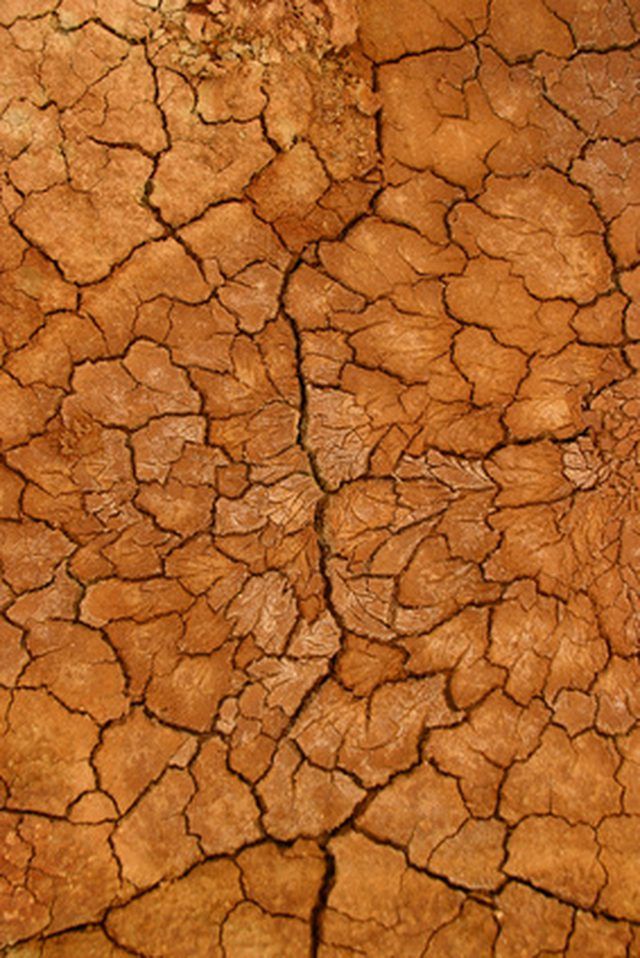Bulbs
Flower Basics
Flower Beds & Specialty Gardens
Flower Garden
Garden Furniture
Garden Gnomes
Garden Seeds
Garden Sheds
Garden Statues
Garden Tools & Supplies
Gardening Basics
Green & Organic
Groundcovers & Vines
Growing Annuals
Growing Basil
Growing Beans
Growing Berries
Growing Blueberries
Growing Cactus
Growing Corn
Growing Cotton
Growing Edibles
Growing Flowers
Growing Garlic
Growing Grapes
Growing Grass
Growing Herbs
Growing Jasmine
Growing Mint
Growing Mushrooms
Orchids
Growing Peanuts
Growing Perennials
Growing Plants
Growing Rosemary
Growing Roses
Growing Strawberries
Growing Sunflowers
Growing Thyme
Growing Tomatoes
Growing Tulips
Growing Vegetables
Herb Basics
Herb Garden
Indoor Growing
Landscaping Basics
Landscaping Patios
Landscaping Plants
Landscaping Shrubs
Landscaping Trees
Landscaping Walks & Pathways
Lawn Basics
Lawn Maintenance
Lawn Mowers
Lawn Ornaments
Lawn Planting
Lawn Tools
Outdoor Growing
Overall Landscape Planning
Pests, Weeds & Problems
Plant Basics
Rock Garden
Rose Garden
Shrubs
Soil
Specialty Gardens
Trees
Vegetable Garden
Yard Maintenance
How to Apply Gypsum to Clay Soil
How to Apply Gypsum to Clay Soil. Growing plants or grass in clay soil is almost impossible because the clay does not retain the proper nutrients. In addition, the clay hardens as it dries and compresses the plant roots. One way to soften clay soil is to add gypsum to it. Gypsum is available at most home improvement stores and garden centers. It is...

Growing plants or grass in clay soil is almost impossible because the clay does not retain the proper nutrients. In addition, the clay hardens as it dries and compresses the plant roots. One way to soften clay soil is to add gypsum to it. Gypsum is available at most home improvement stores and garden centers. It is sometimes packaged by itself or labeled as a soil conditioner. The gypsum prevents the clay from hardening back to a compacted state.
Things You'll Need
Cup
Natural gypsum powder
Shovel
Fertilizer spreader
Tiller
Leaves
Pine straw
Bark
Topsoil
Compost
Test the Clay Soil
Take a clay soil clump that is approximately 1/4 inch in diameter, just before it rains.
Set a cup outside to collect rainwater. You will need to collect at least 2 to 3 inches of water in the cup but more is fine.
Insert gently the clay clump into the rain water and allow it to sit undisturbed for 24 hours.
Examine the appearance of the water in the cup to see if it is cloudy and the clay has begun to disintegrate. If so, adding gypsum to the clay soil will loosen it up. If the clump does not dissolve at all, or very little, adding gypsum will have no effect on the soil.
Apply Gypsum to the Soil
Spread a layer of gypsum over the clay soil area at a rate of 20 to 30 lb. for every 100 square feet. If the soil area is small, you can use a shovel to spread the gypsum. If the area is larger, place the gypsum into a fertilizer spreader and push the spreader over the soil.
Set the blade depth on a tiller to at least 4 to 5 inches. Turn the tiller on and run it completely over the clay soil area to mix the gypsum into the clay.
Spread a 2- to 3-inch layer of organic mulch, such as leaves, pine straw or bark on top of the area. As the mulch breaks down it will add organic matter to the soil. You can also use top soil or compost and work it in with the tiller.
Apply an additional 50 lb. of gypsum per 1000 square feet on an annual basis thereafter.
Tips & Warnings
Make sure to only purchase natural gypsum, not the builder's gypsum which contains cement.